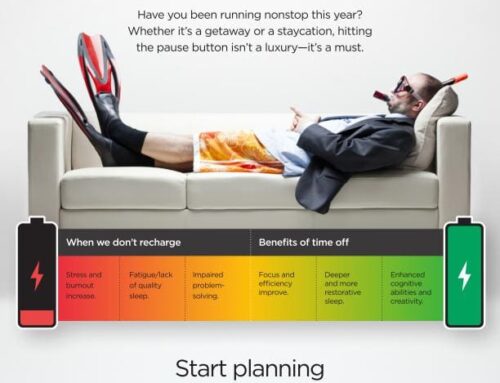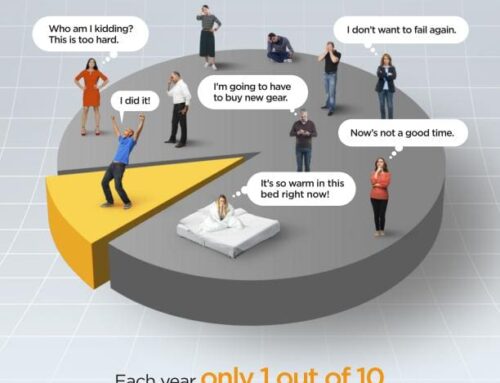It’s time to Fall Back Again for 2024
November 3, 2024 is the day when we “fall back” in most of the United States. Our clocks are turned back one hour. This is also a perfect time for all of us to check our smoke detectors, carbon monoxide detectors and change our furnace filters. These are simple home maintenance tips that can protect us and save us money. You can read more about specific items in our Home Improvement Blog Postings. There is still talk that Congress may pass a law in 2025 that could make Daylight Saving Time permanent. We’ll see if that really happens.
Learn the History of
Daylight Saving Time
Daylight saving time in the United States is the practice of setting the clock forward by one hour. This is done in the spring when there is longer daylight during the day. The idea is so that evenings have more daylight and mornings have less. We do the opposite in the Autumn when we turn the clock back one hour.
 Most of the United States observes daylight saving time. Exceptions to this are Arizona, Hawaii and several overseas territories. The Uniform Time Act of 1966 established the system of uniform daylight saving time. It starts on the second Sunday in March and ends on the first Sunday in November. The time changes take place at 2:00 a.m. local time. Daylight saving time lasts for a total of 34 weeks (238 days). That is about 65% of the entire year.
Most of the United States observes daylight saving time. Exceptions to this are Arizona, Hawaii and several overseas territories. The Uniform Time Act of 1966 established the system of uniform daylight saving time. It starts on the second Sunday in March and ends on the first Sunday in November. The time changes take place at 2:00 a.m. local time. Daylight saving time lasts for a total of 34 weeks (238 days). That is about 65% of the entire year.
Benjamin Franklin proposed a form of daylight time in 1784. He did this by writing as an anonymous “subscriber” to the editor of The Journal of Paris. His tongue-in-cheek essay was titled “An Economical Project for Diminishing the Cost of Light.” It observed that Parisians could save on candles by getting out of bed earlier in the morning. This would make use of the natural morning light instead. By his calculations, the total savings by the citizens of Paris would be substantial. It could be the approximate equivalent of $200 million today. Franklin’s suggestion was likely more of a joke than a real proposal, and nothing came of it.
Arizona observed daylight saving time in 1967 because the state legislature did not enact an exemption statute that year. In March 1968, though, the DST exemption statute was enacted. The state has not observed daylight saving time since 1967. This was done in large part as a way to conserve energy. The cities of Phoenix and Tucson are among the hottest metropolitan areas during the summer. This results in more power usage from air conditioning units and evaporative coolers in homes and businesses. It was determined that an extra hour of sunlight would cause people to run their cooling systems longer. That would result with people using more energy.
Hawaii never observed daylight saving time. The state opted out of the act’s provisions in 1967. Because of its tropical latitude, there is little variation in daylight length between winter and summer.




